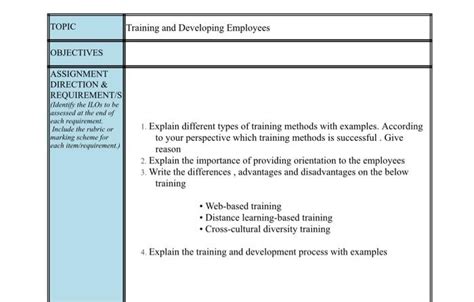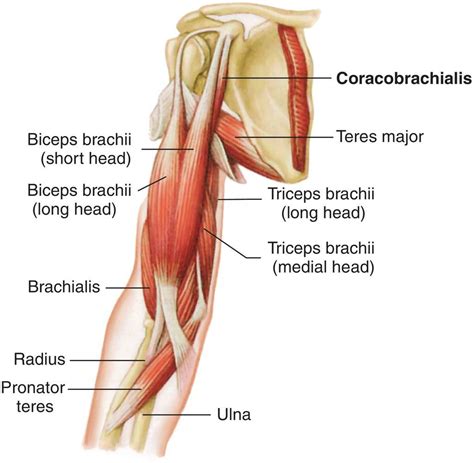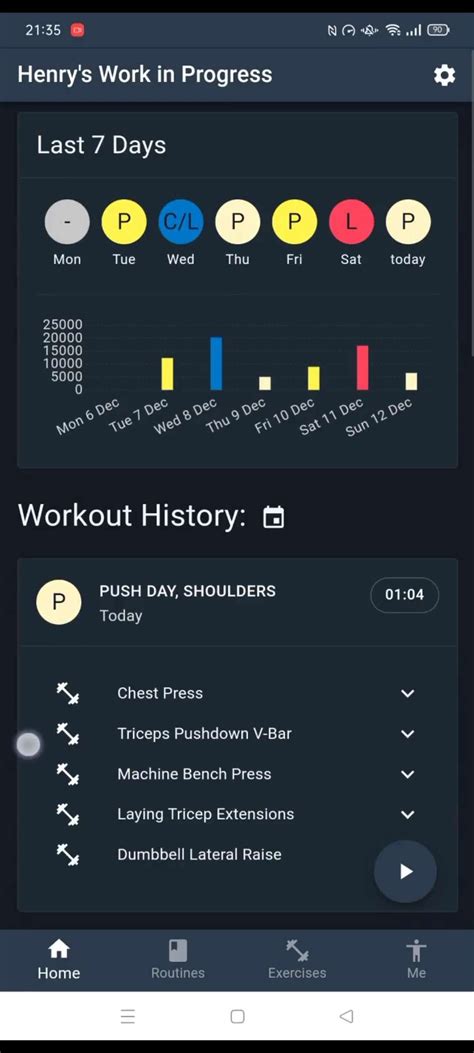How to break through strength plateaus for peak male performance & gains?

Every dedicated lifter eventually faces the frustrating wall known as a strength plateau. That moment when your numbers stop climbing, your muscles feel stagnant, and motivation wanes. But hitting a plateau isn’t a dead end; it’s an invitation to re-evaluate, adapt, and ultimately, grow stronger. For men striving for peak performance and significant gains, understanding how to strategically break through these barriers is crucial. It’s about more than just lifting heavier; it’s about smart training, precise nutrition, and intelligent recovery.
Re-evaluate Your Training Strategy
When progress stalls, the first place to look is your current workout routine. Sticking to the same sets, reps, and exercises week after week can lead to adaptation and a lack of new stimulus. Your body needs a reason to get stronger, and consistent, varied stress is that reason.
Progressive Overload Beyond Just Weight
While adding weight is the most common form of progressive overload, it’s not the only one. Consider:
- Increased Reps or Sets: If you can’t add weight, try to do more reps with the same weight, or add an extra set.
- Reduced Rest Times: Shortening your rest periods can increase intensity and volume, challenging your cardiovascular system and muscle endurance.
- Improved Form: Often overlooked, perfecting your technique can allow you to lift more effectively and engage target muscles better, leading to new gains.
- Increased Time Under Tension: Slowing down the eccentric (lowering) phase of a lift can create more muscle damage and stimulate growth.
Introduce Periodization and Deloads
Constantly pushing to your maximum isn’t sustainable. Periodization involves cycling through different training phases (e.g., strength, hypertrophy, endurance) to provide varied stimuli and allow for recovery. Similarly, a deload week—reducing volume and intensity significantly—can help your body recover, repair, and come back stronger.
Vary Exercises and Rep Ranges
Don’t be afraid to swap out exercises or incorporate variations. If your barbell bench press is stuck, try dumbbell presses, incline presses, or even weighted dips for a few weeks. Also, experiment with different rep ranges. If you typically train in the 6-8 rep range, try some weeks with 3-5 reps for pure strength, or 10-12+ reps for hypertrophy and endurance.

Optimize Your Nutrition for Growth and Recovery
You can train harder than anyone, but without proper fueling, your body won’t have the resources to build muscle or increase strength. Nutrition is the foundation of peak performance.
Caloric Intake and Macronutrient Balance
To gain strength and muscle, you generally need to be in a slight caloric surplus. Ensure you’re consuming enough calories to support intense training and recovery. Focus on a balanced intake of macronutrients:
- Protein: Essential for muscle repair and growth. Aim for 1.6-2.2 grams per kilogram of body weight.
- Carbohydrates: Your body’s primary energy source for workouts. Don’t fear carbs; they fuel performance.
- Healthy Fats: Crucial for hormone production and overall health.
Strategic Supplementation
While whole foods should always be your priority, certain supplements can aid in breaking plateaus:
- Creatine Monohydrate: Proven to increase strength, power, and muscle mass.
- Whey Protein: Convenient for hitting protein targets.
- Beta-Alanine: Can improve endurance during high-intensity exercise.
- Caffeine: For a pre-workout boost in energy and focus.

Prioritize Recovery and Regeneration
Muscle growth and strength gains don’t happen in the gym; they happen when you rest and recover. Neglecting recovery is a common reason for stalled progress.
The Power of Sleep
Aim for 7-9 hours of quality sleep per night. During sleep, your body releases growth hormone, repairs muscle tissue, and recharges your central nervous system. Chronic sleep deprivation can significantly hinder strength gains and increase injury risk.
Active Recovery and Mobility Work
Don’t just sit on the couch on your rest days. Light activities like walking, cycling, or swimming can improve blood flow and aid in nutrient delivery to muscles. Incorporate foam rolling, stretching, and mobility drills to maintain joint health and flexibility, preventing compensatory patterns that can limit strength.
Manage Stress Levels
High stress, whether from work, relationships, or even overtraining, can elevate cortisol levels, which can be catabolic (muscle-breaking) and hinder recovery. Find healthy ways to manage stress, such as meditation, hobbies, or spending time in nature.

Mindset and Consistency Are Key
Breaking plateaus also requires mental fortitude and unwavering consistency.
Set Realistic Goals and Track Progress
Understand that progress isn’t linear. Celebrate small victories. Keep a detailed training log to track your lifts, reps, sets, and even how you felt. This data is invaluable for identifying patterns and making informed adjustments to your program.
Patience and Persistence
Breaking a plateau often takes time and experimentation. There’s no magic bullet. Stay consistent with your revised training, nutrition, and recovery protocols. Trust the process, and don’t get discouraged by temporary setbacks.

Conclusion
Strength plateaus are a natural part of the journey toward peak male performance and gains. They are not barriers to be feared, but challenges to be overcome with a strategic approach. By intelligently manipulating your training variables, optimizing your nutrition, prioritizing recovery, and maintaining a resilient mindset, you can effectively smash through these walls and continue making consistent progress toward your strength and physique goals. Listen to your body, be willing to adapt, and stay relentless in your pursuit of continuous improvement.









